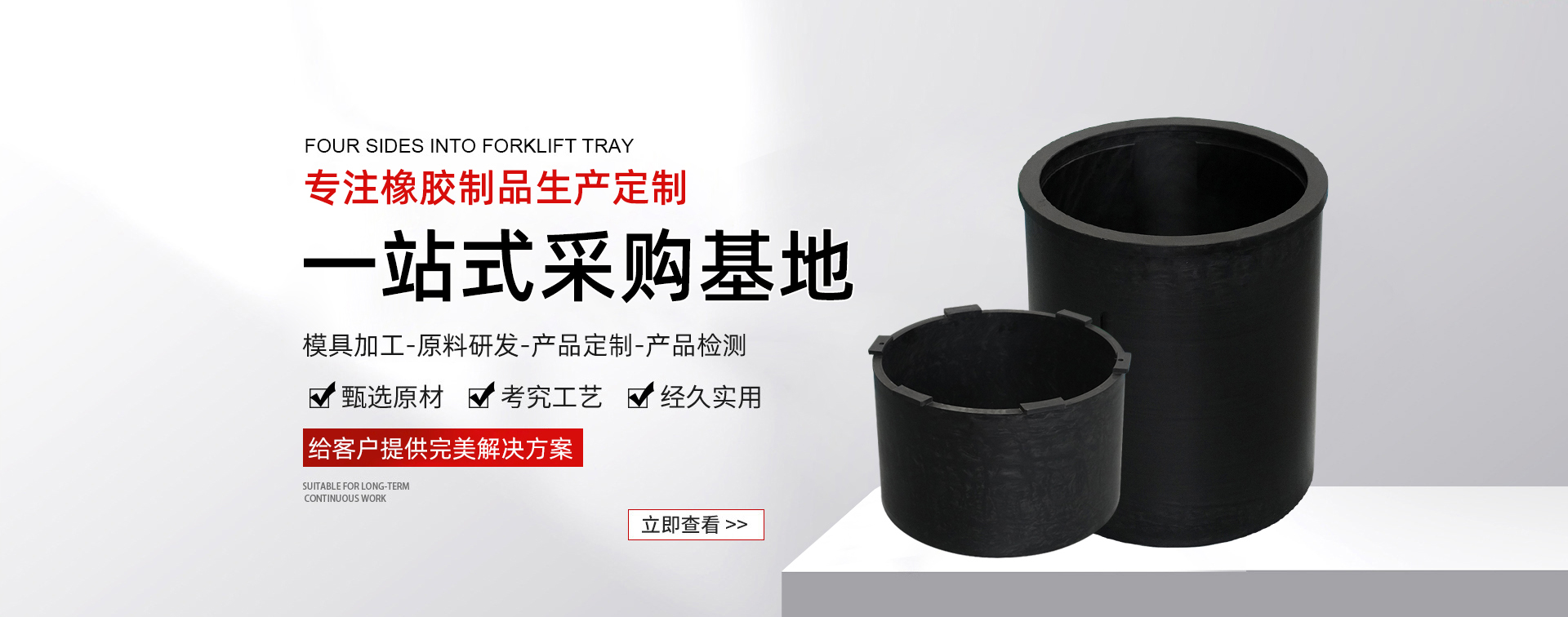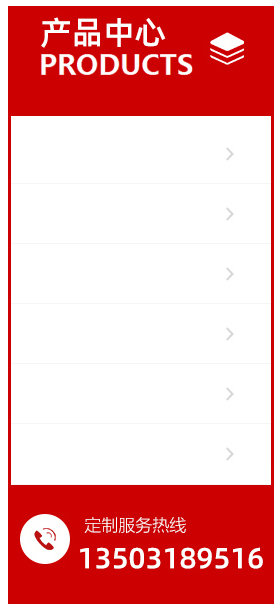How to use high-pressure rubber hose correctly
1. Rubber hoses can only be used to transport the designed medium.
2. Rubber hoses are strictly prohibited from being used beyond the designed working pressure.
3. The temperature of the medium conveyed by the hose shall not exceed the factory requirements. Oil shall be -40 ℃~120 ℃, air shall be -30 ℃~50 ℃, and water lotion shall be below 80 ℃.
4. The rubber hose should be kept clean and the inside should be rinsed thoroughly. Prevent foreign objects from entering the lumen, obstructing fluid delivery, and damaging equipment.
5. The arrangement of rubber hoses should be kept away from heat sources as much as possible. If necessary, devices such as installing sleeves or insulation boards can be used to prevent the rubber hoses from deteriorating due to heat.
6. Protective measures should be taken at the intersection of rubber hoses or where friction occurs with mechanical surfaces to prevent the hoses from bursting due to wear and tear.
7. When using rubber hoses on site, try to keep them straight. If they must be bent, avoid sharp bends, and the bending radius should not be too small, but should be greater than 9 times the outer diameter. There should be a straight section at the connection between the hose and the joint that is greater than twice the outer diameter of the pipe.
8. Do not twist the rubber hose during installation. Slight twisting of the hose may reduce its strength and loosen the joint. When assembling, the joint should be tightened on the hose instead of the hose.
9. When installing the hose, it should be avoided to be in a tight state and there should be a certain length allowance to keep the hose loose.
10. During daily use, it is necessary to protect the rubber hose to prevent it from being squeezed, bumped, etc.
11. When operating the control valve, it should be gentle to reduce the pressure impact on the hose and prevent the hose from bursting.
12. Rubber hoses must use matching regular "U" cards, sealing rings, two-way, three-way, etc. It is strictly prohibited to use other substitutes.
13. The rubber hose must be replaced immediately if it leaks, ruptures, bulges, corroded joints, broken steel wires, aged and cracked rubber layers, etc.
14. During daily use, it is necessary to strengthen inspection and replacement.
15. Newly invested or replaced rubber hoses must undergo testing and identification before use, and can only be used if they are qualified. During the testing period, personnel are not allowed to rely on them

